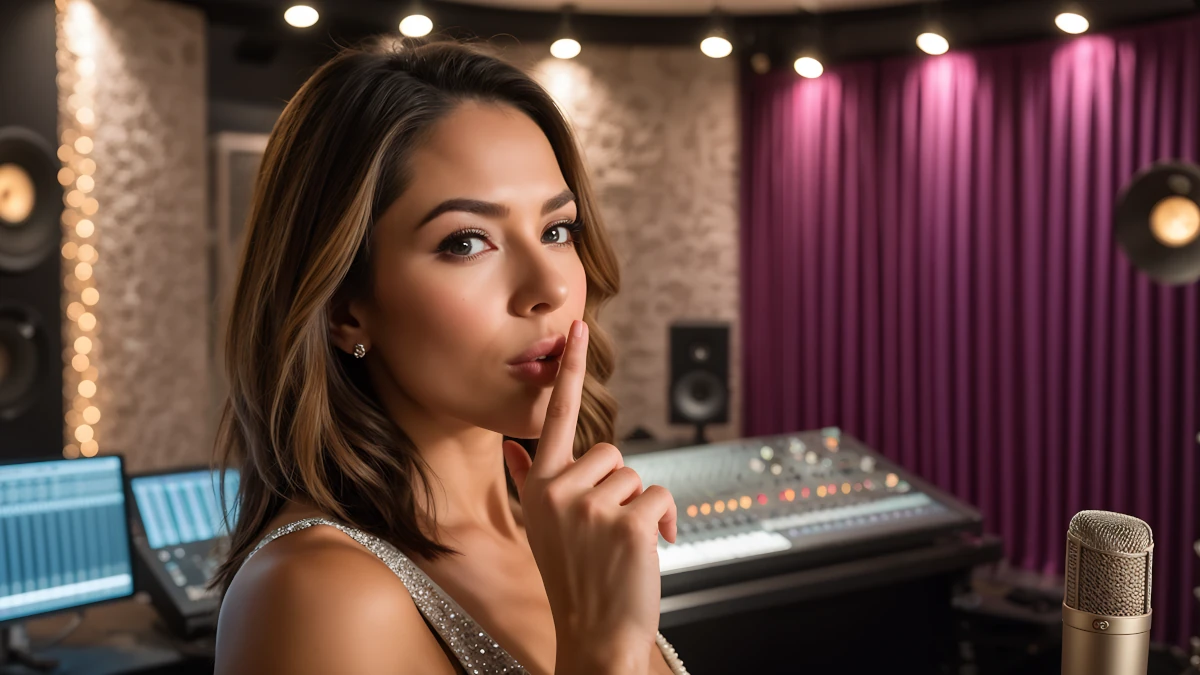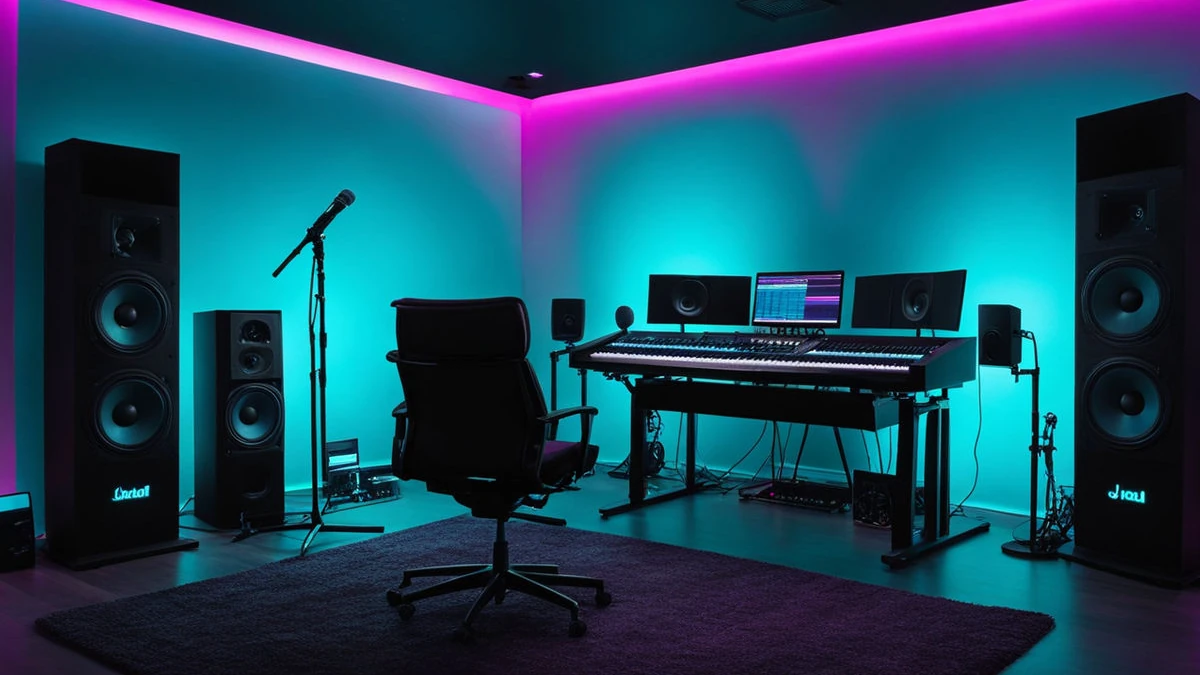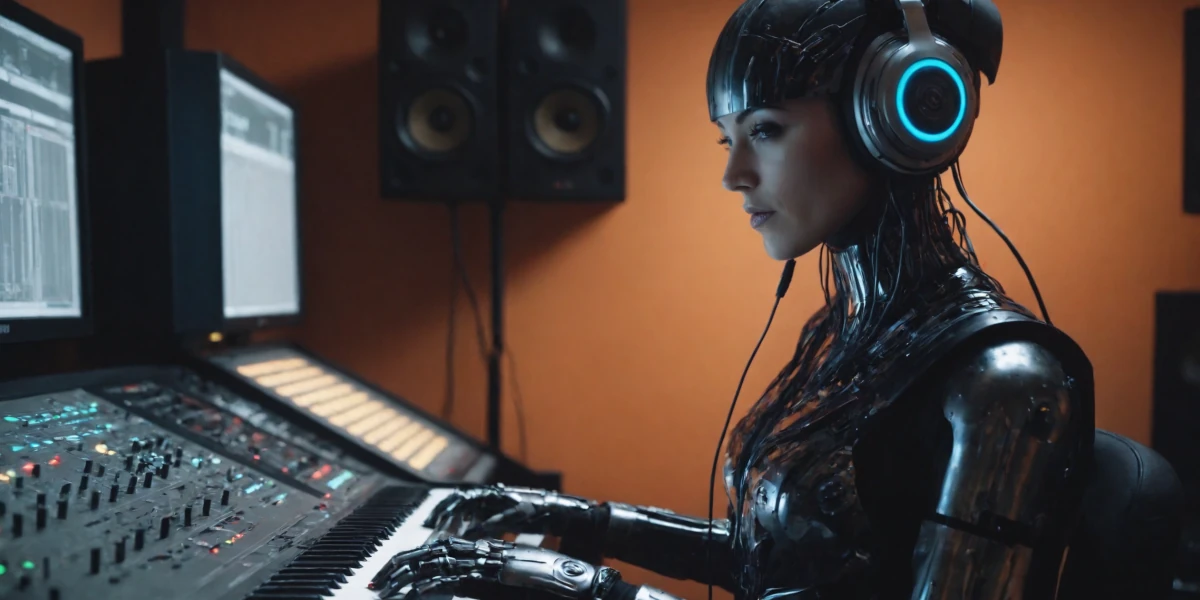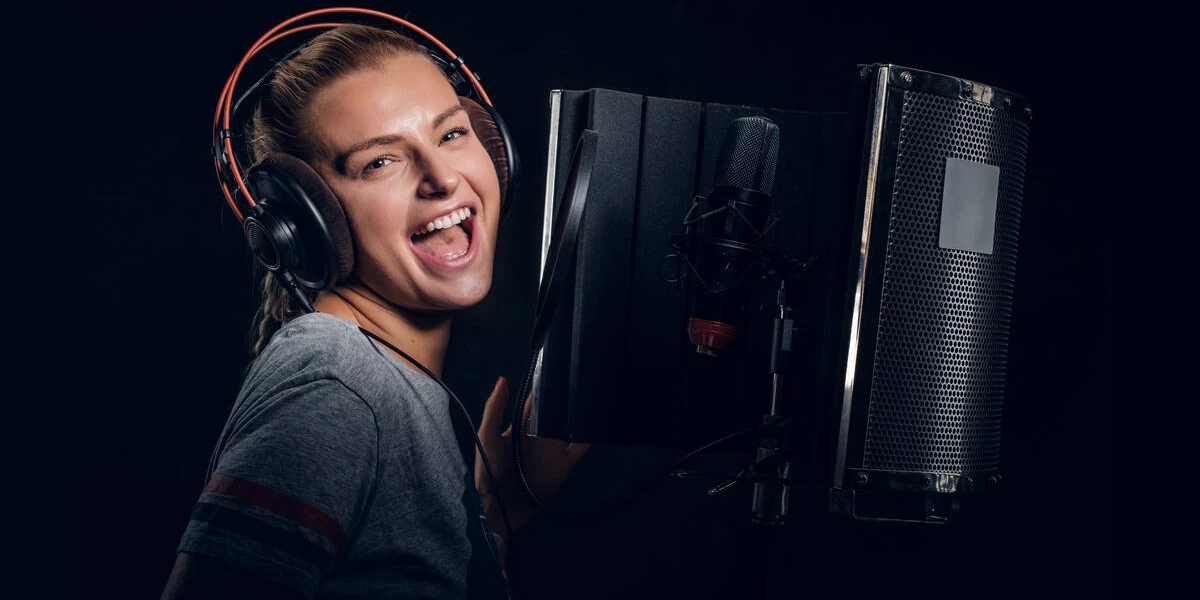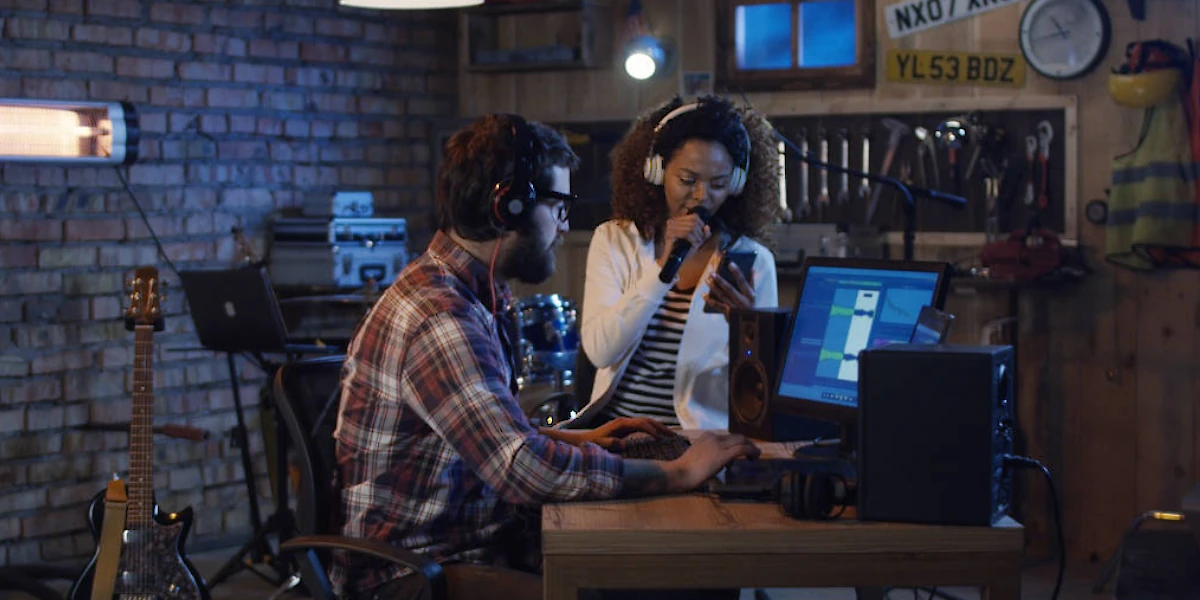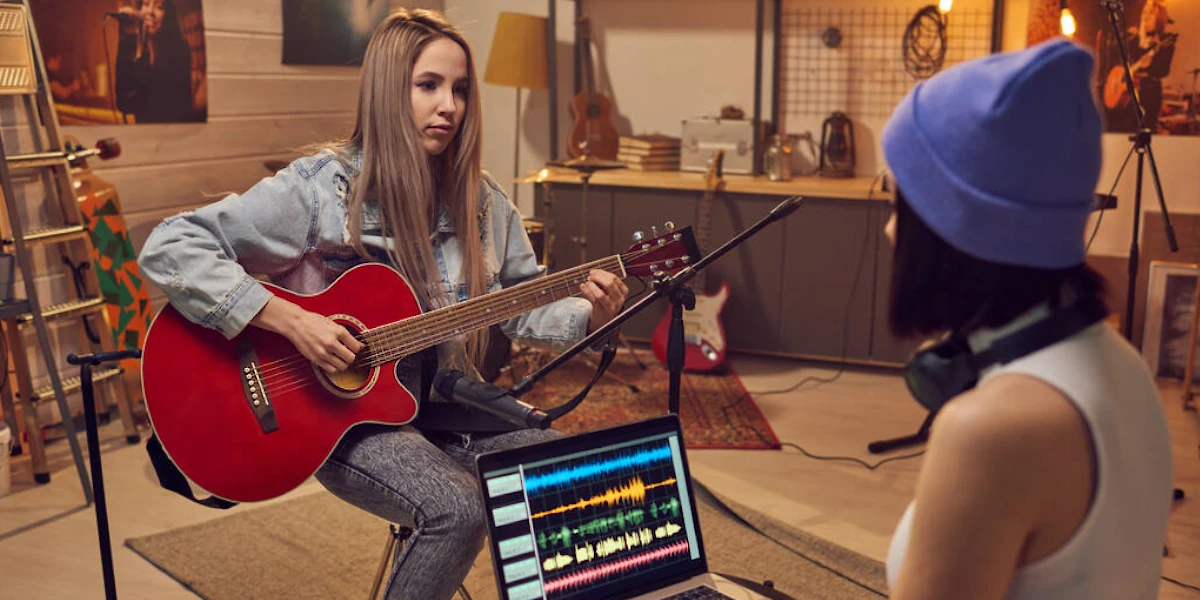Choosing the right studio monitor is crucial for anyone serious about music production. Studio monitors are designed to provide accurate and uncolored sound reproduction, which is essential for mixing and mastering tracks. They allow producers to hear their music exactly as it is, ensuring that any adjustments made during production translate well across different playback systems.
There are two primary types of studio monitors: nearfield and farfield. Each type has distinct characteristics that make them suitable for different studio environments and applications. Understanding these differences is key to selecting the right monitor for your needs.
Nearfield monitors are typically used in smaller studios and are placed close to the listener. They are designed to minimize the impact of room acoustics, providing a more direct sound. On the other hand, farfield monitors are larger and intended for use in bigger studios. They are placed further away from the listener and interact more with the room’s acoustics, offering a broader and more immersive soundstage.



